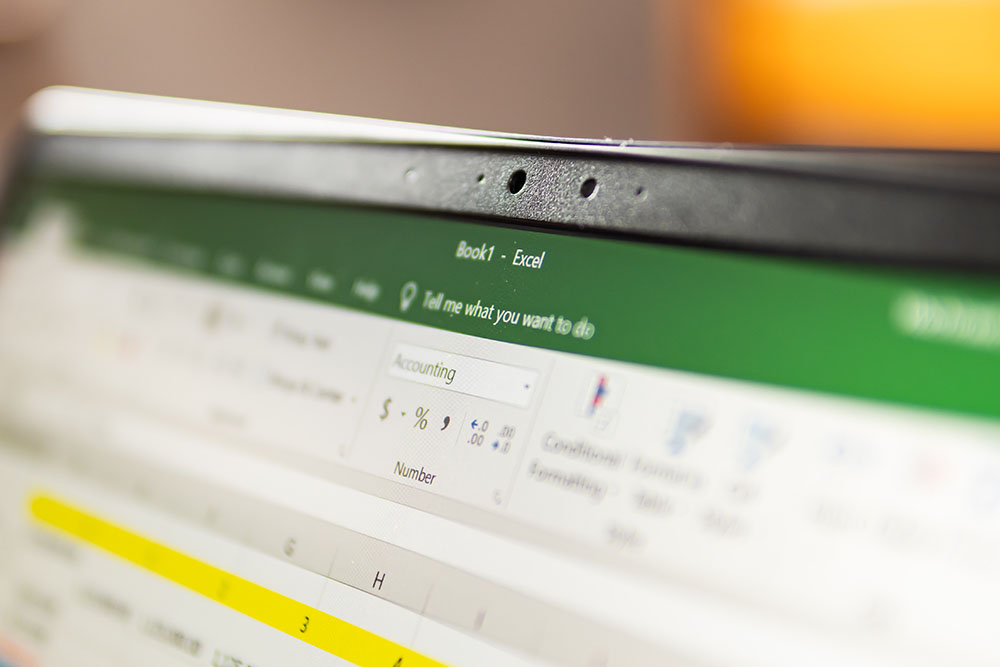“Digital Transformation” is a buzz phrase currently being thrown around in all business areas. But what does it mean? That depends on whom you ask.
To different people, it can mean:
- Digitizing current data
- An umbrella term covering new technologies and processes to improve operations and reduce costs
- Increasing automation and data acquisition from the factory floor
- Creating a “Digital Twin”
What digital transformation means is transforming how a business thinks and operates. It means becoming a “smart company” and looking at the business through a fresh set of eyes; to see markets, supply chains, and business processes differently. What it isn’t is a project or a group of projects or tasks.
Businesses that go through a successful Digital Transformation will be more agile, more adaptable to dynamic and dramatic changes in supply and demand, will be continually improving in efficiencies (and thus increasingly more profitable). Businesses that don’t will continually face existential challenges, most likely resulting in acquisition or failure.
While there are practical, tactical steps you can start right away, you shouldn’t go very far without developing a Digital Strategy.
Developing a Digital Transformation Strategy
As with any journey, you need to know (a) where you are and (b) where you want to go. Only then can you plot a sensible course.
Cultivating your strategy will help you develop a road map to guide you on your journey.
Some things to keep in mind:
- The roadmap should not be etched in stone.
- Just as on a discovery vacation, where you learn about different places to explore that you didn’t know about when you first planned your journey, the same rules apply to a digital transformation journey.
- You will learn new things, become smarter, and develop new priorities and objectives.
- You will need to be agile in your approach.
As mentioned earlier, you can do some obvious things right away to facilitate the process – we’ll get to those later. But first, you should plan to undertake a Digital Transformation Maturity Assessment (DTMA). A good assessment will tell you where you rank on a standardized scale and how you rate against your competitors and partners in your industry sector. This will tell you where you are.
A good integrator or consultancy can guide you through the DTMA. Some key things you will want to know:
- Why do you want to become a Digital Company?
- What does it mean to you (your organization) to be a “Digital Company”?
- Do you have buy-in from the C-Suite?
- Will both IT and OT resources be committed to the process?
As you move along in your journey, your organization will start to become a “smart company,” and it will be able to be part of a larger digital ecosystem.
What is a smart company?
A smart company will have the following practices in place:
Connected
Everything is connected: anything that can provide data should do so. As many endpoints as possible in enterprise operations (manufacturing, IT, and administration) should be considered a data-producing end-node in the system.
Collect
Collect all data from all nodes in the enterprise. Assume nothing about what will or won’t be useful, and assume nothing about who will use the data or how they will use it.
Store
Store everything you collect, using the data and the time at which it was collected.
Analyze
Continually analyze the data, making use of Artificial Intelligence (AI) and Machine Learning software as much as possible.
Visualize
Make use of visualization techniques to discover meaning in the data.
Find Patterns
Find patterns based on past performance to gain insights into current productivity and future outcomes.
Predict
Use tools such as AI to determine outcomes based on the current state and past behavior.
Report
Review problems and undesirable outcomes based on analysis.
Solve
Prioritize problems and determine solutions based on recommendations from AI.
What is the Digital Ecosystem?
The ecosystem consists of connected nodes: various endpoints that provide and/or consume information. The more you treat things at the edge as nodes, the better defined your ecosystem becomes. The further the reach of the ecosystem, the smarter and more efficient the members of that ecosystem become.
The more that suppliers, customers, and partners share information across their respective systems, the larger the ecosystem becomes.
The objective is to connect to other smart companies in a way that provides instant access to information: everything from the materials supply-chain to customer demand and current order status, and more.
Where to Begin
Undergoing a digital transformation takes time on the front and back end (and everywhere in between). Still, there are a few things to keep in mind before beginning your strategy for implementation:
Get connected. The first item in the mantra – everything is connected. As you invest in new equipment on the shop floor, ensure it aligns with your digital transformation strategy. Make sure you can acquire as much data as close to the edge as possible.
Develop Minimal Technical Requirements (MTR). You will want any new acquisition – hardware or software – to adhere to the technical aspects that conform to your strategy. Everything must conform. Otherwise, you will have to consider the effort required to bring the data into your standard data model. Anything that doesn’t conform to the MTR will require effort to standardize. Account for the cost in your planning.
Build on technology, not products. Focus on the ability to conform to your MTRs, not to specific products, which can limit your options in the future.
Rely on open architectures and lightweight protocols. You want to focus on open architectures so you aren’t limited in capabilities, and lightweight protocols that conserve bandwidth and work over any network connection.
Next Steps
Get the right partners to help you with your digital transformation strategy. Make sure they can work with your requirements and focus on your business reality, not some boilerplate list of tasks and projects. The right partner will help you take the first steps and help you become your own expert.
Ready to take the next step in your digital transformation journey? ZAG can help. Contact us to get started.
Connect with Karl Braun on LinkedIn.



